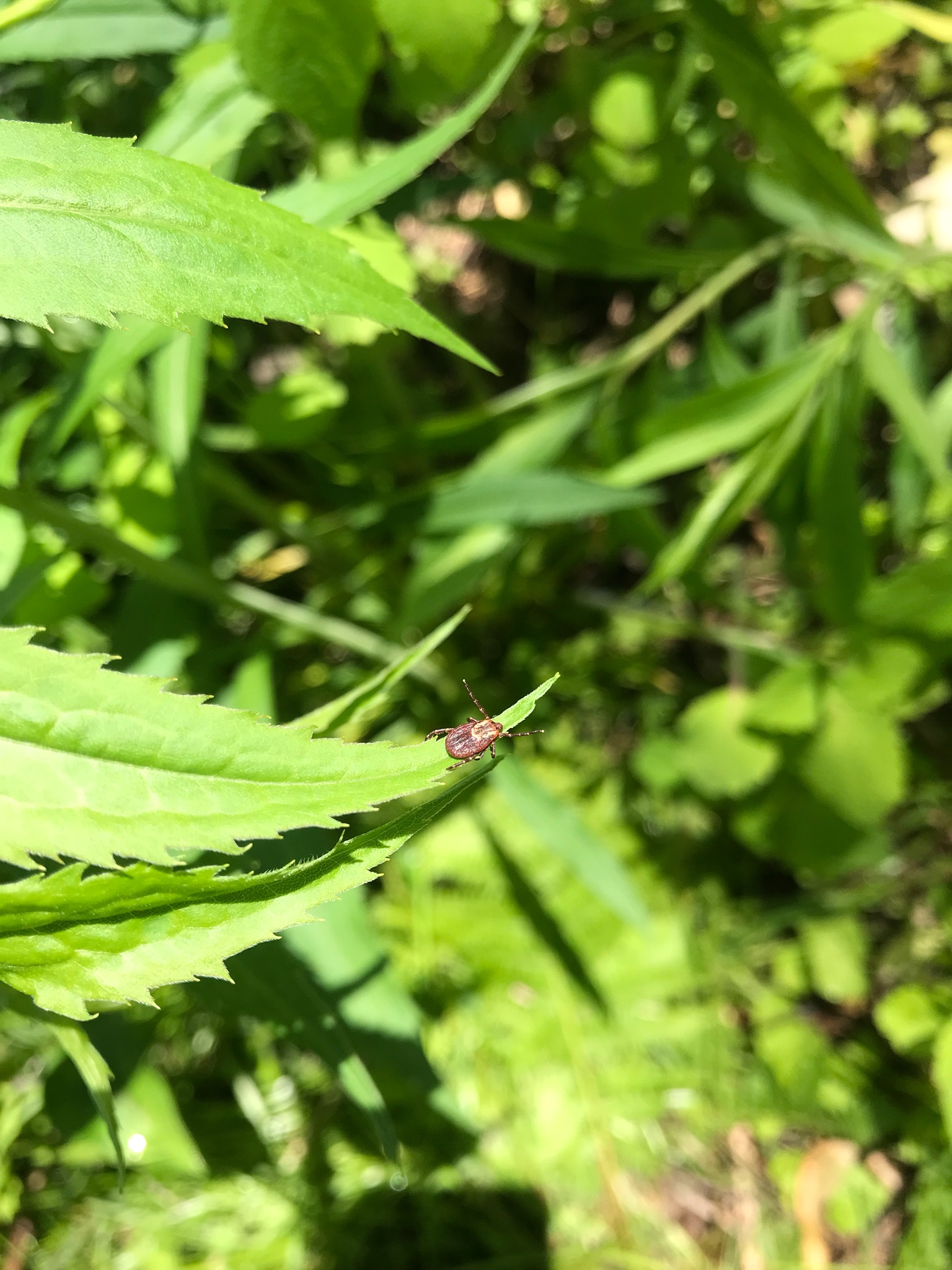The Powassan virus has been gaining traction lately, and for a good reason. Within the last 20 years reported cases of the virus have increased dramatically. Current data suggests over a 300% increase within the last five years. Some reasons for this can be noted by antigenic drift/shift (genetic mutations/influenza mutations) and the changes we are seeing due to climate change.
The increase in our warmer seasons plays a huge role in the expanding tick populations. More birds are migrating, therefore, more ticks are able to reach a broader spectrum of areas. Although Powassan virus is endemic to North America, it would not be surprising to see increasing cases on the opposite coast.
Powassan is an arbovirus, meaning it is transmitted by arthropods (insects). It is considered one of the many flaviviruses because of its encephalitis/hemorrhagic symptoms. You might be familiar with other flaviviruses such as, West Nile, Yellow Fever, and Zika Virus. The difference is these are transmitted by mosquitoes while the Powassan is noted to be only transmitted by ticks.
Its interesting name originates from Powassan, Ontario where in 1958, a young male who is considered the index case, died of severe complications from being bit by an infected tick. With roughly over 100 cases reported thus far, it’s still considered rare. There are two lineages that have been identified:
⦁ Lineage 1: carried by the Ixodes cookei (groundhog tick) or Ixodes marxi
⦁ Lineage 2: carried by the Ixodes scapularis (deer tick.)
The Ixodes species usually maintains its life cycle through several small animals including, woodchucks, squirrels, skunks, and white-footed mice. Although wildlife is a reservoir and act as vectors for the Powassan virus, there is no evidence of animal-to-human transmission documented. Tick-to-human transmission is currently the method that is documented and proven.
Lyme disease is considered to be one of the more serious and most studied illnesses associated with ticks. Taking into account the very short transmission rate of only 15 minutes for the Powassan virus and the rapid onset of the severe symptoms it’s clear we should be focusing our attention on both. Powassan is one of the least studied Flaviviruses, and this could be dangerous if the numbers continue to increase, as methods for treatment are quite limited at this time.
During the attachment phase the tick will use its saliva as a local anesthetic (numbing agent) for the skin. After this, the saliva is shown to have down-regulation properties, meaning it can freely and safely transmit the virus without your immune system reacting to its presence. Concluding this process, the incubation period can be anywhere from a week to over a month long.
Studies that were concluded show that mice that had been injected with the virus without the tick saliva were able to survive the virus and its effects, while those injected with the saliva had a high mortality rate. This might be very telling of how powerful and important the immune-suppressant nature of its saliva can be.
If you manage to survive the virus and its acute and severe complications, you are then faced with a high probability of severe long-term neurological sequelae (long-term side effects).
In regards to symptoms, those most often associated with Powasson virus include:
⦁ Fever
⦁ Headache
⦁ Vomiting
⦁ Muscle stiffness (usually neck)
⦁ Encephalitis (swelling of the brain)
⦁ Meningitis (swelling of membranes surrounding the brain and spinal chord)
⦁ Paralysis
⦁ Aphasia (loss of speech ability)
Long term effects can occur in roughly 50% of cases. The majority of problems are neurological including memory loss, chronic headaches, and speech issues.
There have been cases documented where co-infections have occurred, mainly with Borrelia bacteria (a cause of Lyme disease). Ticks are vectors for multiple pathogens/viruses. In the case of a co-infection, serious aggression is required for medical treatment. Often, this can be much longer than typical treatment for a single tick-borne illness.
Because of its rarity Powasson virus is often not tested when it comes to tick-borne illnesses. In return, this can lead to very damaging effects on a patient due to the delayed treatment. At the moment, the main methods for diagnosing the virus rely on serological testing. This involves measuring the patients antibody responses to the virus. IgG and IgM are antibodies that are specific for a positive Powassan diagnosis.
Treatment for the illness is not solid. No approved vaccine or medications are currently available. The main treatments rely on reducing brain swelling and keeping the body hydrated during the process. In some cases patients that were administered Methylprednisolone had significant improvements. Further evidence is needed to conclude if this is a feasible treatment
Sources:
Fatmi, Syed Soheb et al. “Powassan Virus-A New Reemerging Tick-Borne Disease.” Frontiers in public health vol. 5 342. 12 Dec. 2017, doi:10.3389/fpubh.2017.00342
El Khoury, Marc Y et al. “Potential role of deer tick virus in Powassan encephalitis cases in Lyme disease-endemic areas of New York, U.S.A.” Emerging infectious diseases vol. 19,12 (2013): 1926-33. doi:10.3201/eid1912.130903
Smith, Kathryn et al. “Powassan Virus and Other Arthropod-Borne Viruses in Wildlife and Ticks in Ontario, Canada.” The American journal of tropical medicine and hygiene vol. 99,2 (2018): 458-465. doi:10.4269/ajtmh.18-0098

